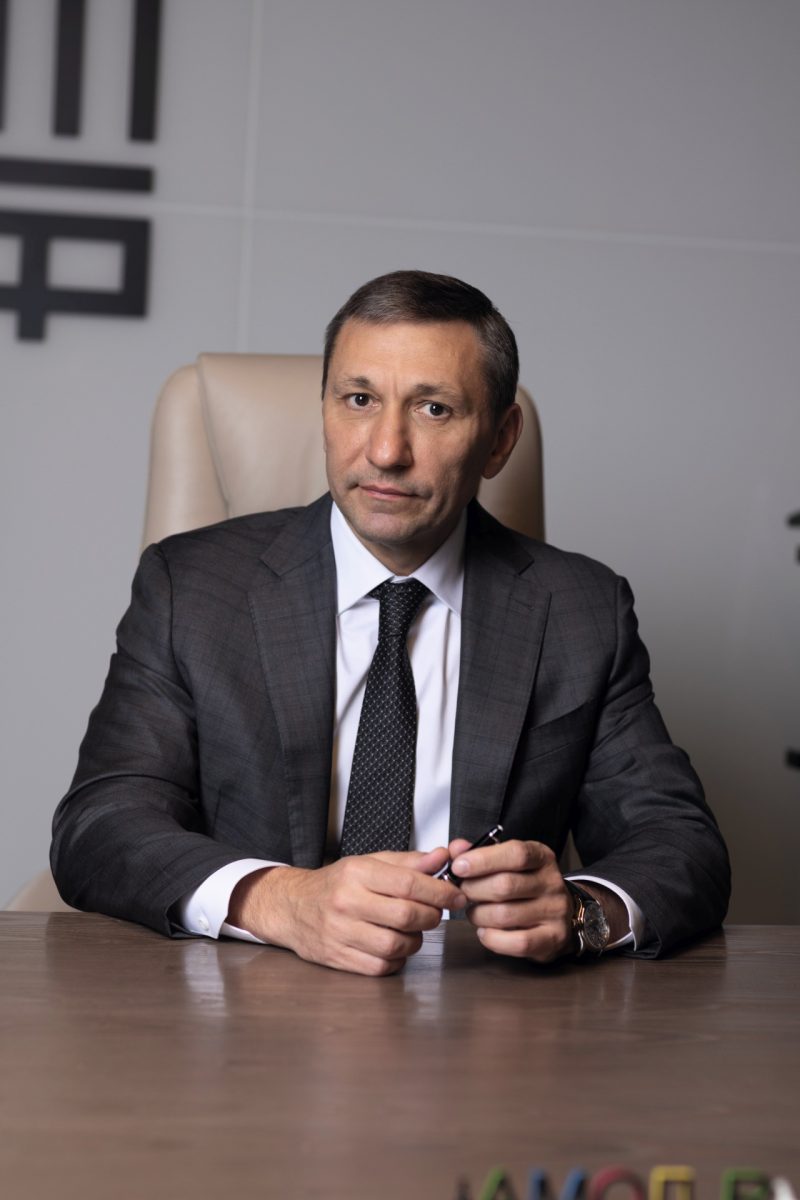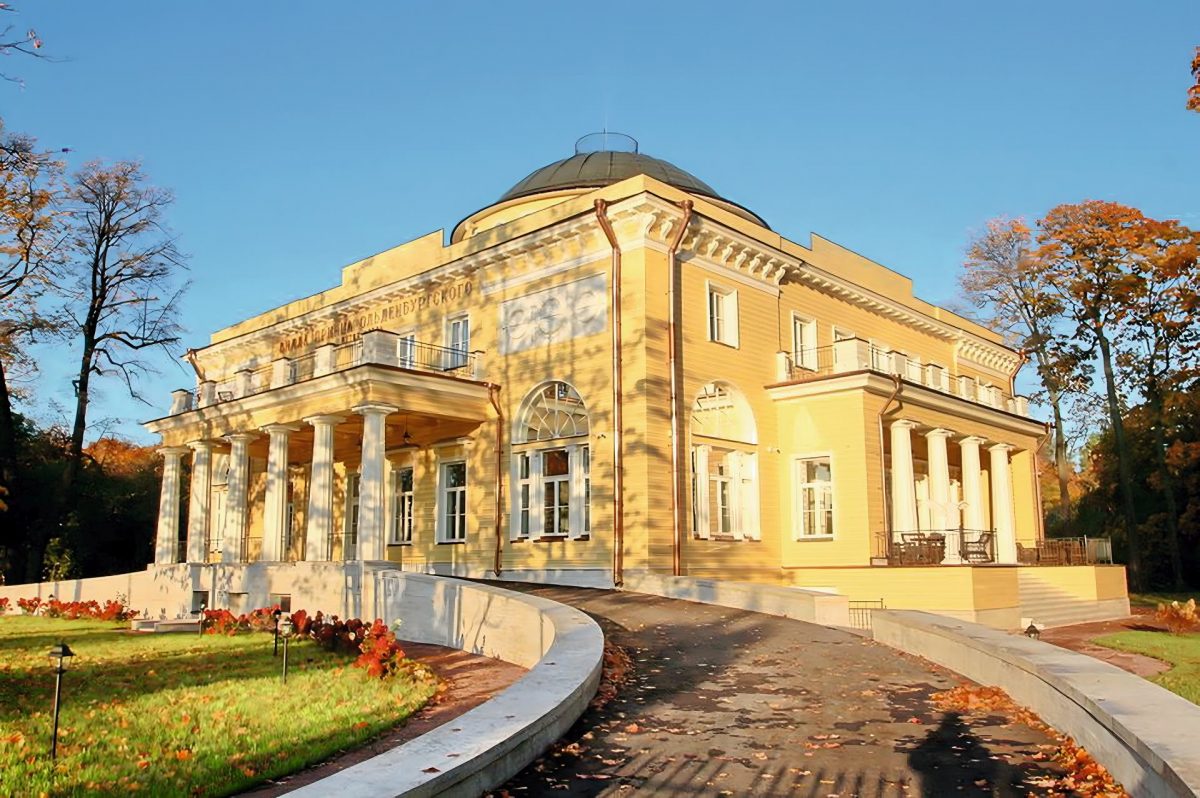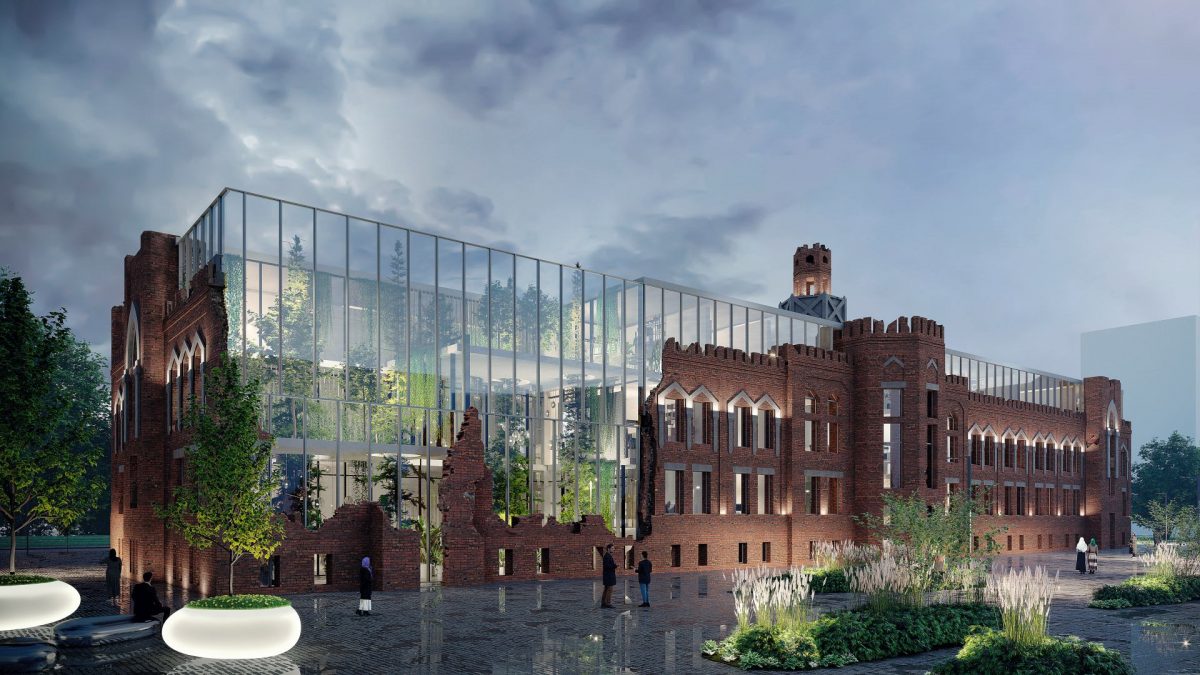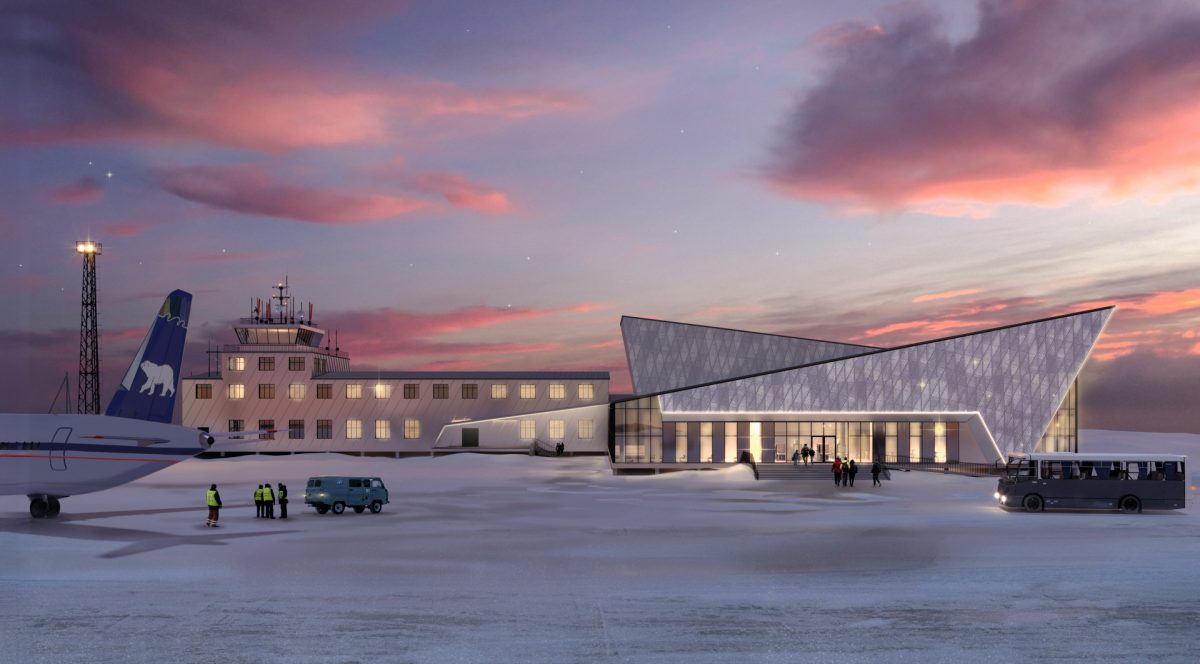Master plans — not only for cities and citizens but even for fairytale characters… Historic buildings — in the good hands of investors… Deputy CEO of DOM.RF Denis Filippov talks about the new challenges facing the state company.

Recently, during a meeting with Vladimir Putin, DOM.RF CEO Vitaly Mutko announced that your company has begun developing a master plan for Veliky Ustyug. Could you please explain what this concept means?
The topic of master planning is regularly raised by the head of state. At his instruction, more than 40 such documents have already been completed, 15 of them prepared by DOM.RF. That was the focus of the recent meeting.
A master plan is a comprehensive document for urban development that combines economic and urban-planning visions for the next 20 years. It answers not only what and where will be built, but also who will finance it. In other words, a master plan is the foundation for dialogue between residents, business, and government.
In addition, many cities are currently experiencing population decline. The ultimate goal of master plans is to inspire people who once left to return home.

So how does a master plan differ from a traditional general plan?
A master plan is easier to understand than a general plan or a strategy. It’s presented in a user-friendly format, with intuitive maps and visualized key projects. For example, if the master plan proposes to improve a park, it includes not only technical parameters but also visualizations of how it will look after renovation.
Do you take into account the opinions of the city’s residents?
When developing master plans, we always organize sessions with local residents and launch an online portal to collect public feedback. Discussions about the city’s development and its future are held not only at the final stage — as is common with general plans — but right from the start of the project. Residents have more opportunities to positively influence the future of their city.
Do you already have successful examples of master planning?
Let’s take the city of Grozny, for instance. According to the 2023 master plan, roads are being expanded and new residential districts are under construction — the first phase of the Putin District and the Administrative Quarter have already been completed. After the successful start of Grozny’s master plan, we created a similar document for the entire Chechen Republic. By presidential directive, more than 200 master plans for cities and agglomerations across the country must be developed by 2030. We’re ready — DOM.RF has already prepared over 60 such projects.

DOM.RF is also involved in restoring cultural heritage sites, including those in poor condition. How do you approach this issue?
By 2030, with DOM.RF’s involvement, at least 1,000 cultural heritage sites must be restored — this is the goal set by the President. We created the platform nasledie.dom.rf, where we publish information about these buildings. Together with Rosimushchestvo, we identify unused, inefficiently used, or deteriorating historic buildings and transfer them to investors through public auctions — including opportunities for preferential financing. Since 2018, we’ve sold over 130 properties — private and rental houses, estates, mansions, industrial, administrative, and other buildings constructed between the 17th and mid-20th centuries. Nineteen of these sites have already been restored. Regional authorities have also added their properties to our platform, and we assist investors both with purchasing and with obtaining preferential loans for restoration.
Is the number of investors interested in cultural heritage properties increasing?
Yes, interest is strong. Both large companies and private individuals are considering such purchases. For some, it’s a profitable investment; for others, a chance to leave their mark in history. These projects always generate significant public attention and approval. People now see them as opportunities to create something unique and valuable — a restaurant, hotel, or creative space… With the rise of domestic tourism, such locations will become increasingly in demand.

What other types of real estate does DOM.RF sell besides heritage properties?
We handle federally owned assets that are underused or misused. Some land plots and property complexes are put up for auction. Investors can use them for residential construction, commercial development, production, storage, and more. Other unused federal properties, by decision of the government commission, are transferred to regional authorities for building schools, kindergartens, sports, and medical centers, etc. Some plots are granted to large families for private home construction.
We’ve discussed how to buy through DOM.RF — but can someone sell something as well?
Yes, recently we’ve started acting as an agent for private properties. So, if a person wants to sell something, they can come to us, and we’ll help them to find a buyer for a commission fee. Our database of potential investors includes tens of thousands of contacts.

You’re quite a serious agent!
The most serious.
One more question — about rental housing. DOM.RF positions itself as one of the leaders in developing this market. What progress have you made?
Our CEO has repeatedly pointed out that not everyone in Russia can afford a mortgage — around 40% of citizens couldn’t buy quality housing even with a zero-percent interest rate. That’s why rental housing will always be in demand. This sector in Russia remains largely informal. It’s in the public interest to make the rental market transparent and civilized. To achieve that, we need to set high standards for housing quality, comfort, service, and safety.
To better understand how the program should work, I personally lived for two years in our first rental building, Liner, in Moscow. Together with the first tenants, I learned what was missing, what services were needed, and how to manage them properly — and now we’ve developed a standard model that can be replicated. Today, our portfolio includes more than 1 mln square meters of rental housing in 19 regions. These include various types — commercial, student, and corporate rentals.
We’re also running subsidized programs such as “Affordable Rental Housing in the Far Eastern Federal District,” implemented under a presidential mandate. Of 11,500 apartments, more than 1,500 are already occupied. This gives the Far East a real competitive advantage in attracting professionals. Thanks to federal and regional subsidies, tenants pay only about one-fourth of the market rent. Among them are young professionals, teachers, doctors, and other in-demand workers. Regional governments compile the lists of participants in the program.
Population mobility is increasing, and so is the demand for quality housing and services. This means demand for rental housing is unlikely to decline. But in the medium term, the market should become transparent and well-regulated. And we’re doing our best to bring that future closer.
Photo: Philipp Goncharov, Press office


